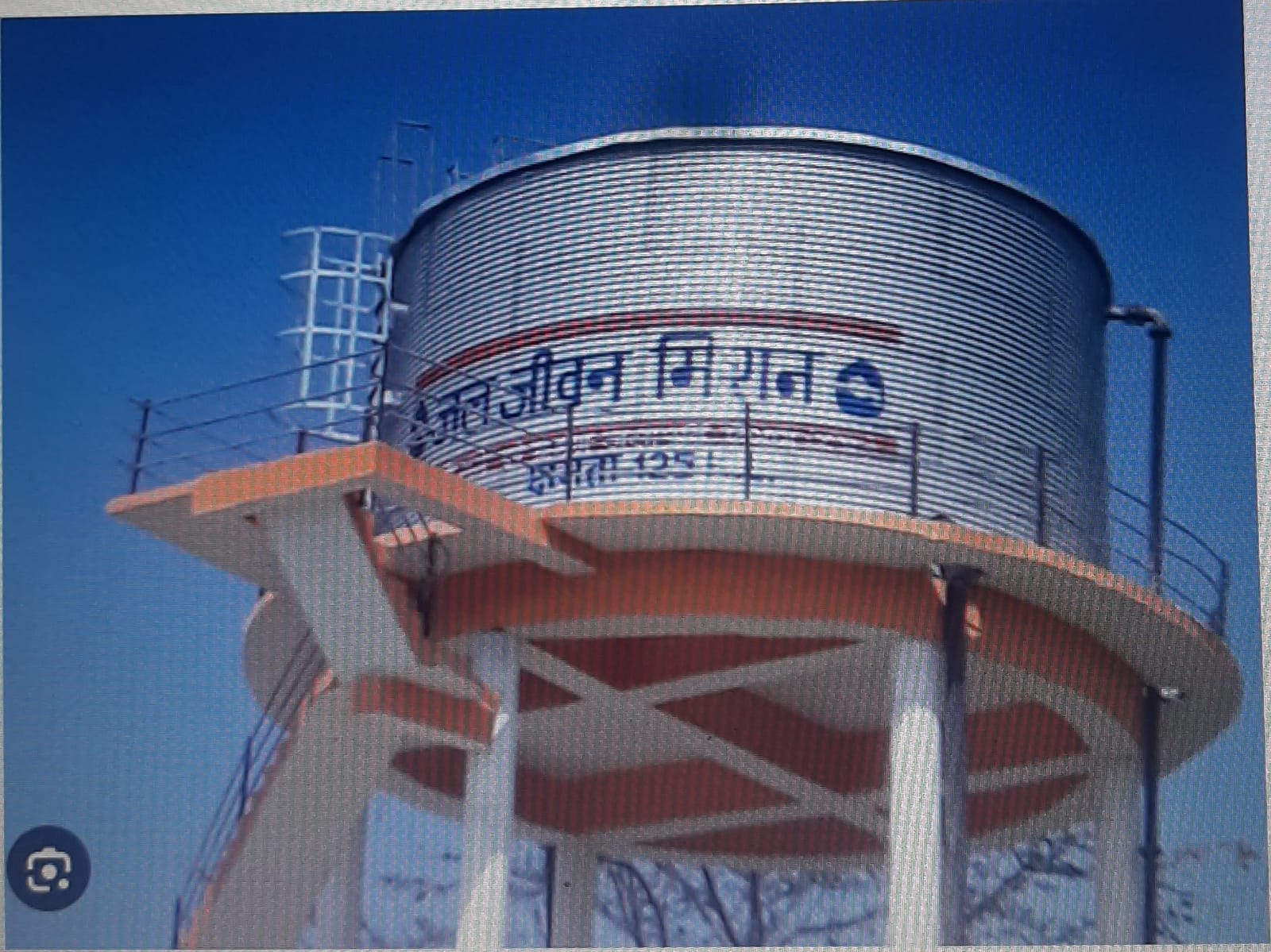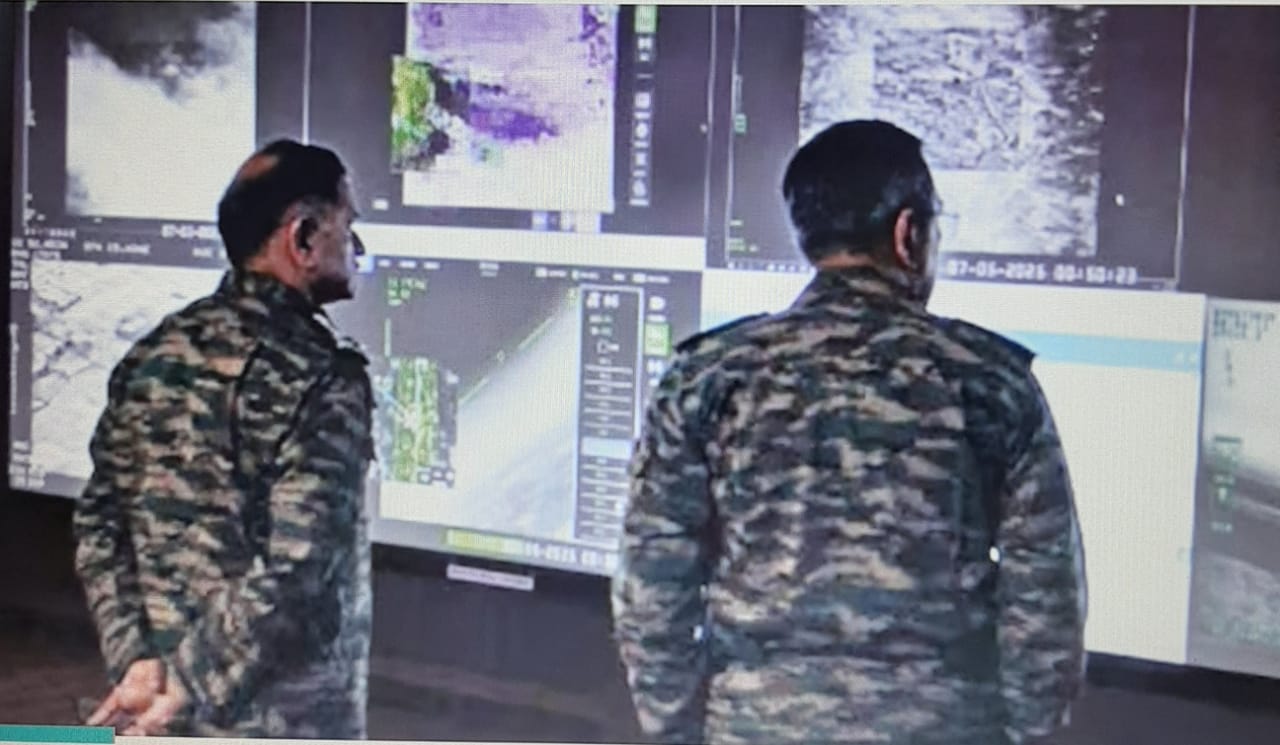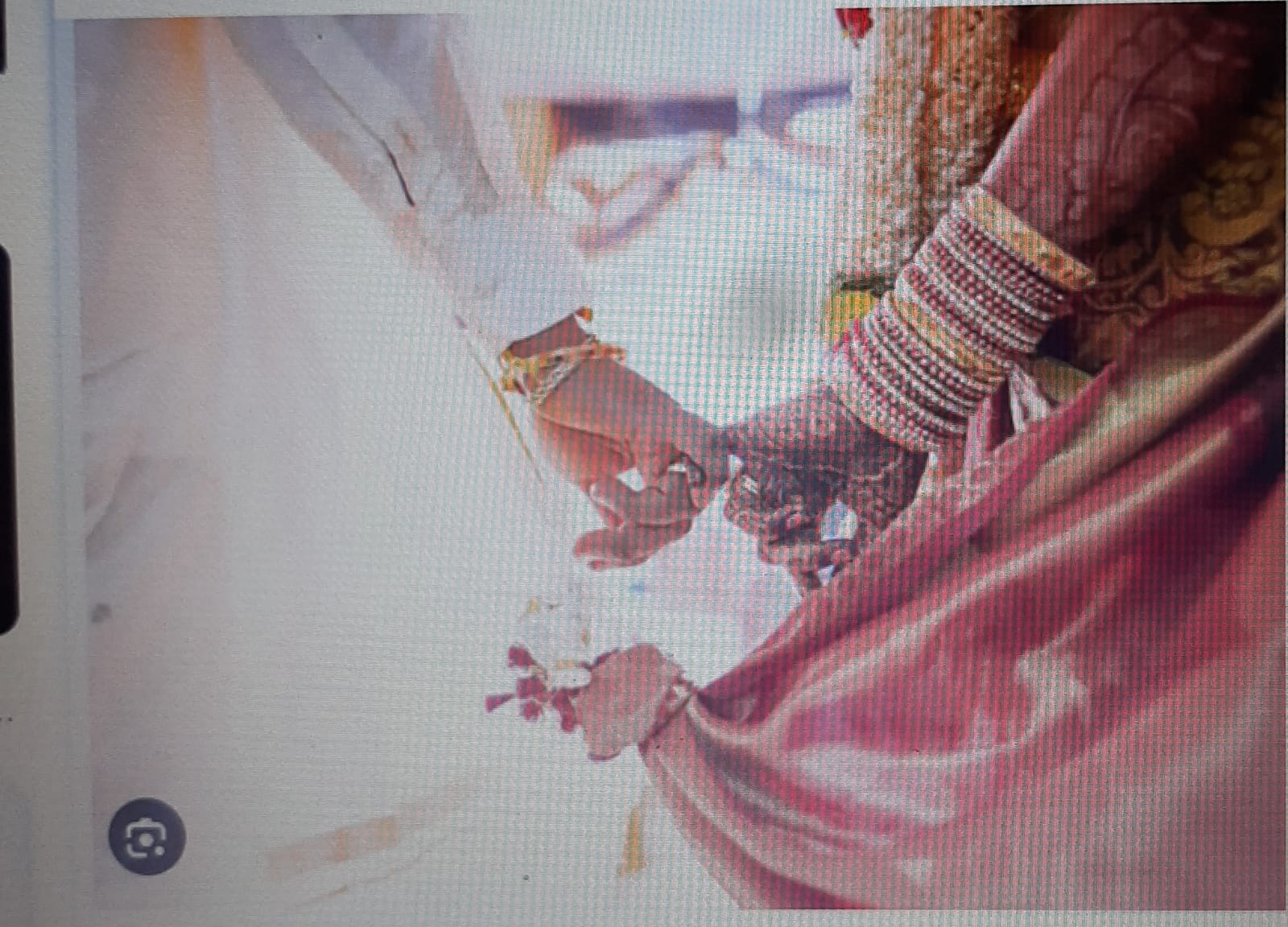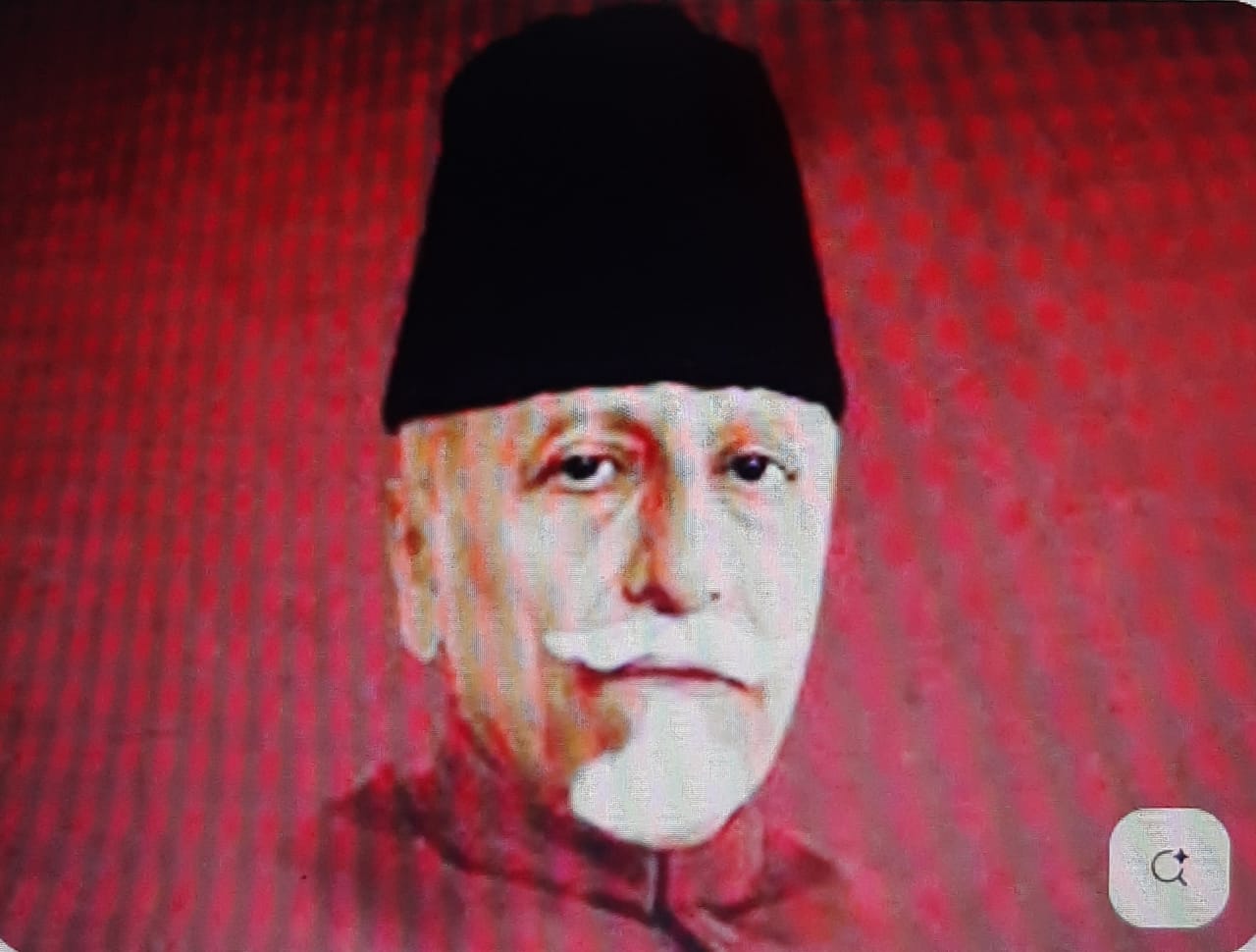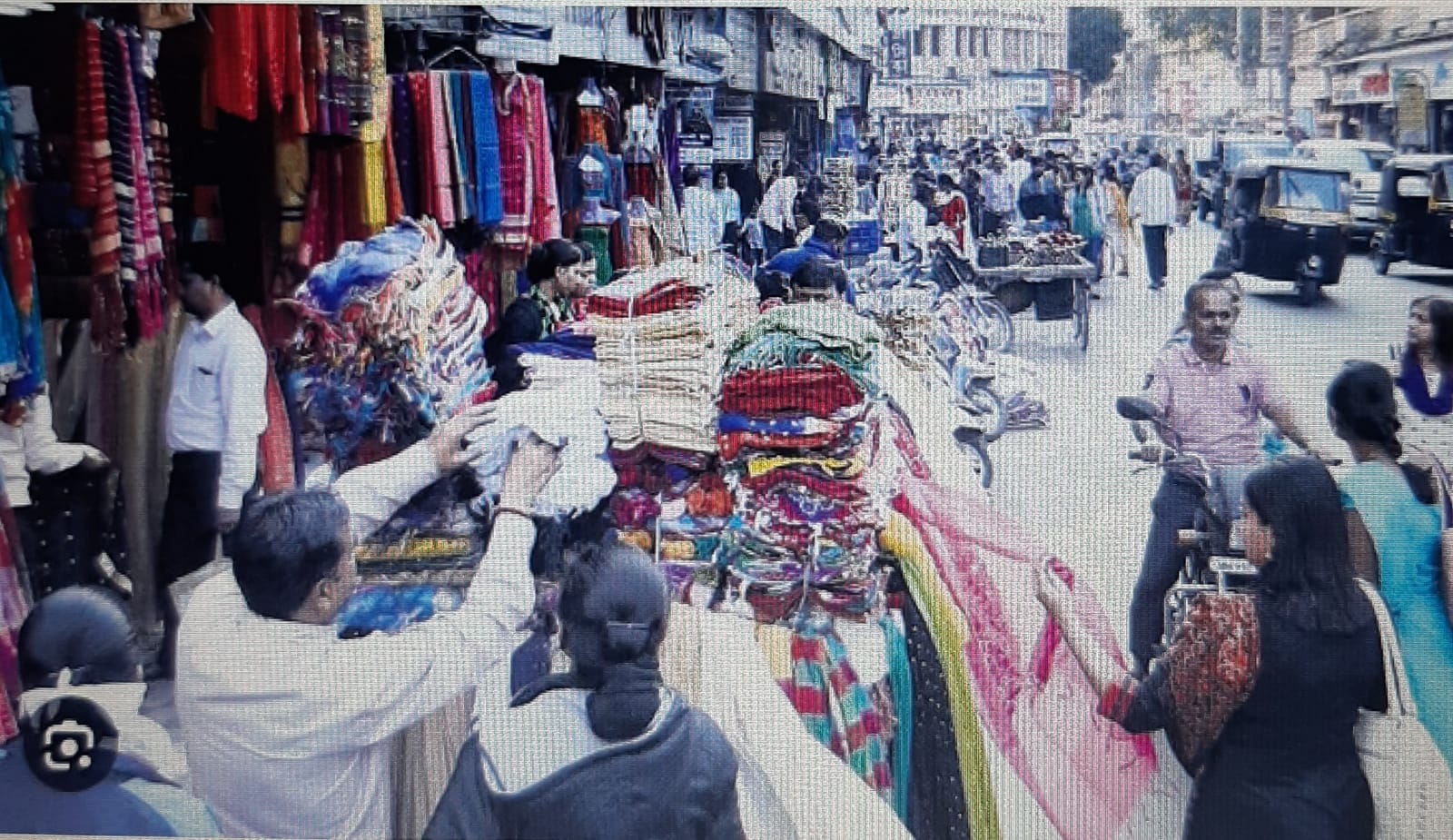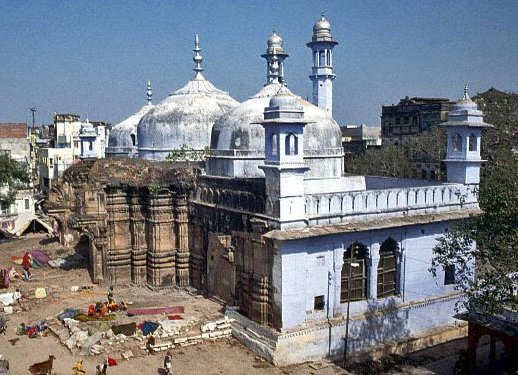
DN&V Correspondent
New Delhi: While delivering the Ayodhya verdict, the Supreme Court shut the door on fresh litigation to alter status quo of sites such as those in Kashi and Mathura, which have also seen discord over worship.
How: The top court did that by emphasising the mandate of the Places of Worship (Special Provisions) Act, which came into force on July 11, 1991. The legislation guarantees preservation of religious character of places of public worship — temple, mosque, church etc — as they existed on August 15, 1947 when India gained Independence. It imposes a bar on institution of fresh suits or legal proceedings relating to disputed places of public worship to further “tolerance for all faiths.” The law was meant “not to create new disputes and to rake up old controversies which had long been forgotten by people” and “to protect the secular features of the Indian polity, which is one of the basic features of the Constitution.” Though the 1991 Act was passed over a year before the demolition of the Babri Masjid, it kept outside its ambit the Hindu-Muslim dispute over Ram Janmabhoomi-Babri Masjid for which litigation was then ongoing. The BJP spokesperson and SC lawyer Ashwini Upadhyay was last month quoted as saying that “the (Narasimha Rao) government passed the Act in 1991 without talking to both parties” and had “forcibly implemented the act.”



